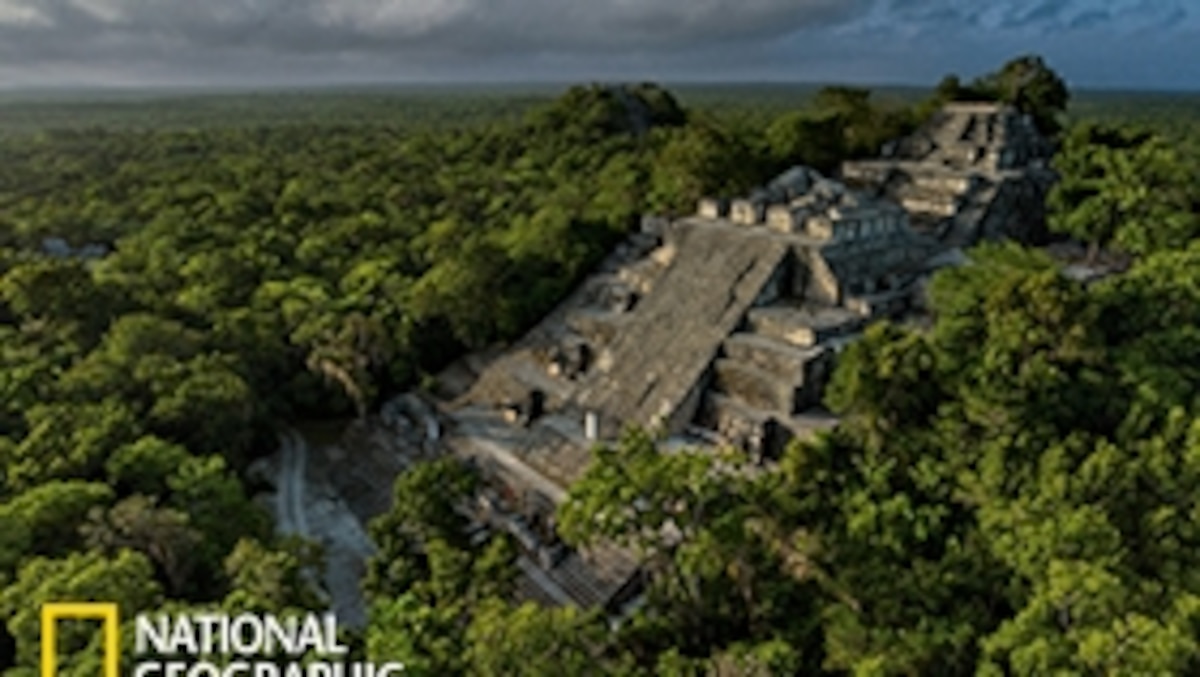Announcement
Collapse
No announcement yet.
National Geographic - Keeping it Real
Collapse
X
-
Re: National Geographic - Keeping it Real
Interesting. Colors from digital cameras don't seem as vibrant as those from film. As such, I frequently bump up the saturation a bit. National Geographic is okay with that if it's not overdone.
I've entered the contest a couple of times in the past. The entry fee discourages me from participating more often.If you're not living on the edge you're taking up too much room.
GoldenYearsGeek.com
-
Re: National Geographic - Keeping it Real
One interesting phase used was when dodging or burning or adjusting the saturation was to keep,it real to what you saw. No mention of what you feel, much more important in my view. Could be why the images in the publication are always technically excellent, but lack any soul.Originally posted by patmoore View PostInteresting. Colors from digital cameras don't seem as vibrant as those from film. As such, I frequently bump up the saturation a bit. National Geographic is okay with that if it's not overdone.
I've entered the contest a couple of times in the past. The entry fee discourages me from participating more often.
Patrick
Comment
-
Re: National Geographic - Keeping it Real
Here's an example. I took the original shot in the Moselle Valley. There was one dead leaf in the photo that detracted from the view and I should have plucked it before taking the shot. The original's colors are pretty flat - far more dull than the leaves actually were. I used PhotoShop Elements to fix the leaf and bump up the saturation. Maybe I overdid it?
 If you're not living on the edge you're taking up too much room.
If you're not living on the edge you're taking up too much room.
GoldenYearsGeek.com
Comment
-
Re: National Geographic - Keeping it Real
Perhaps a little but it's more the greens that are over the top, so slightly reducing them a touch and then the whole thing a touch more, but not much. The best way quite often to tone down green is to tone down yellow. I think this is one such case.Originally posted by patmoore View PostHere's an example. I took the original shot in the Moselle Valley. There was one dead leaf in the photo that detracted from the view and I should have plucked it before taking the shot. The original's colors are pretty flat - far more dull than the leaves actually were. I used PhotoShop Elements to fix the leaf and bump up the saturation. Maybe I overdid it?

I have seen leaves almost that red in our garden this year.
What is wrong with their rules is the following.
1. They don't know what the original was like.
2. They assume the camera is accurate.
3. They forget the camera isn't human. Its got no soul, the human element is the soul.
Patrick
Comment
-
Re: National Geographic - Keeping it Real
It's all a matter of taste...
For some the deep fried Mars bar and chocolate chip pizza are perfectly acceptable.
But when it comes to the crunch, we all know the delight in the of the purity of the simple slice of toast & butter with a cup of tea.
To a degree I feel that for some folk, having spent a huge amount of money on software, they feel compelled to use it.
I've always enjoyed the stunning Image Quality that is presented in National Geographic and agree with their stance.Graham
Comment
-
Re: National Geographic - Keeping it Real
I'd say that it is clearly over saturated. It's getting a bit blue already in some places plus loss of details. Maybe you should have tried to alter highlight/light/dark/shadow settings instead - they will usually also improve colors while leaving them more natural.
Also the removed leaf have left some strange ghosting.
Comment




Comment